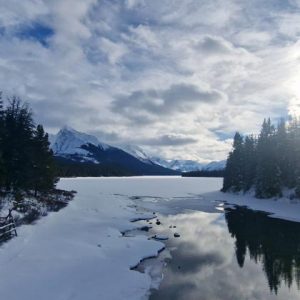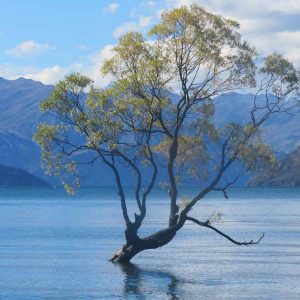Standing on the clifftop above the tiny harbour at Porth Clais, I can see the rugged shoreline of Pembrokeshire twisting and turning towards the horizon in both directions. I’m on my first visit to this picturesque strip of South West Wales – the UK’s only truly coastal National Park – and already I’m hooked.
However you like your coastline, you’ll find it here. The Pembrokeshire Coast National Park offers 186 glorious miles of waymarked coast path with links to more than 200 circular walks. There are over 40 beaches from wide-open sands to tiny coves, plus tranquil estuaries, wooded valleys, and a clutch of unspoilt islands. And at the heart of it all stands St David’s, Britain’s smallest city.
Like many people, I suspect, my only knowledge of St David’s was as Britain’s smallest city, a favourite topic with quizmasters. But I hadn’t anticipated quite how small it is – less than 2,000 permanent residents – until I arrived there as part of an autumn break. Yes, I’ve missed my regular trips overseas in the last two years, but one unexpected bonus of pandemic travel restrictions has been discovering new delights within my own shores.
I booked in to the Twr Y Felin Hotel, a former windmill built in 1806, within sight of the sea and still surrounded by fields. At the turn of the 20th century, the building was converted into a temperance hotel and in the intervening years has been a wartime base for the WRENS, an eco-lodge hotel, and an outdoor pursuits centre before opening in 2015 as Wales’ first contemporary art hotel.
The Twr Y Felin – the ‘mill tower’ – features more than 100 pieces of specially commissioned art throughout the guest rooms and public spaces. Forced to close from November 2020 to May last year in the pandemic, the hotel reopened with 20 new luxury bedrooms, bringing the total to 41, and with 70 new artworks.
My husband and I stayed in a super-spacious Oriel Unique room with a walk-through dressing area, sitting area, and large bathroom with bath and separate shower. Full-length windows afforded countryside views to the sea and distant Ramsey Island. Flooded with natural light, the room was decorated in soothing earth colours, offset with pale walls and a splash of colour from the vibrant framed seascape. A welcome tray included all the expected beverages with the added bonus of handmade Welsh shortbread.
Exploring the hotel’s facilities, I was intrigued by the tower that dominates the roofline and, as it wasn’t occupied, we were treated to a tour. Occupying three floors, the Tyddewi Windmill Tower Suite offers 360° views of St Davids peninsula from the top floor. Definitely a special occasion bolthole, but not suitable for anyone with mobility issues, although Twr y Felin does have a number of fully-accessible ground floor rooms.
We loved the relaxed atmosphere of this tranquil hotel and, in particular, the delightful lounge area where you can relax with a drink and soak up all those eclectic paintings. Dining in the Blas Restaurant – Welsh for ‘Taste’, I am reliably informed – was another relaxing experience. As you would expect, ingredients are seasonal and locally sourced, and five choices for each course always implies that each dish is lovingly prepared.
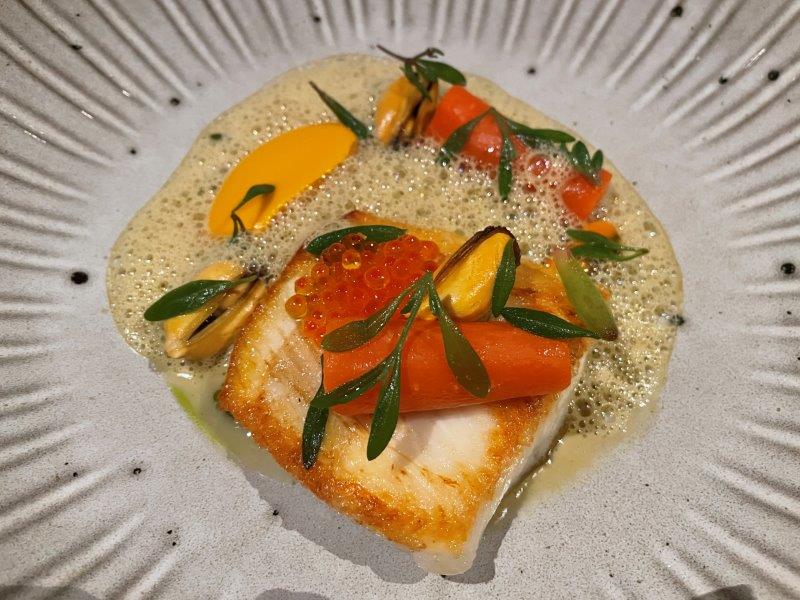
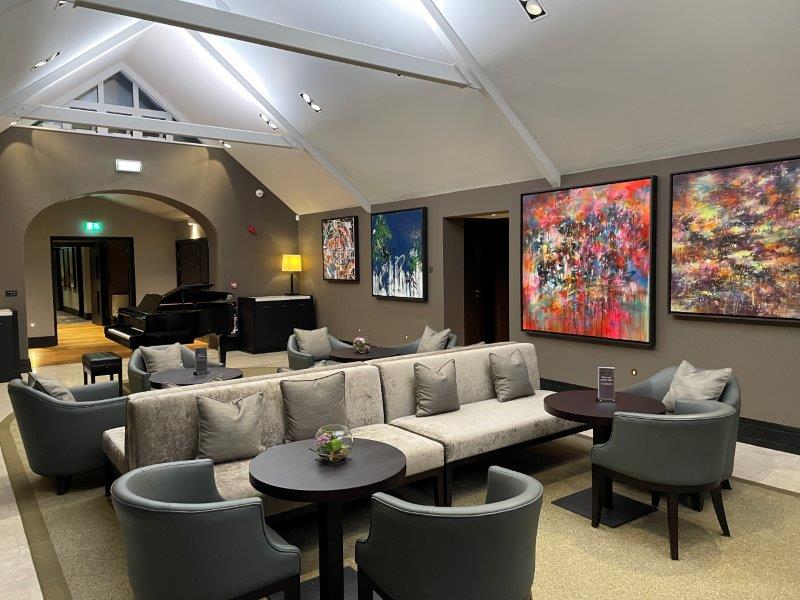

My crab and diced apple starter was light and refreshing, the perfect prelude to pan-fried halibut with roasted carrot, mussel sauce and sea herbs. Dessert was a tough decision, but I wasn’t disappointed with the rich Chocolate Crémeux with cherries and pistachio ice-cream. Breakfast also reflects local produce and heritage, so I indulged my fish fetish with Welsh smoked salmon on toast, whilst John went for the full Welsh accompanied by laverbread rosti, which he kindly let me try. Delicious!
When you need to work off the calories in time for the next meal, there are plenty of places within easy reach. Head first out of the main drive and just across the road to Oriel y Parc, the National Park Discovery Centre. Here you can pick up leaflets and trip ideas from the helpful folk on the information desk. There’s a pleasant café too for those who still have room to eat, a gift shop, and a gallery with changing free exhibitions.
Then walk down the short high street – the city centre – to explore the glorious cathedral nestled in a hollow beside an extensive ruined bishop’s palace. Inside the church, the floor slopes up, the pillars of the nave lean out, and the pulpit is on a tilt, beneath a spectacular carved ceiling. Don’t miss the tomb of Edmund Tudor, father of Henry VII, the first monarch of the Tudor dynasty.
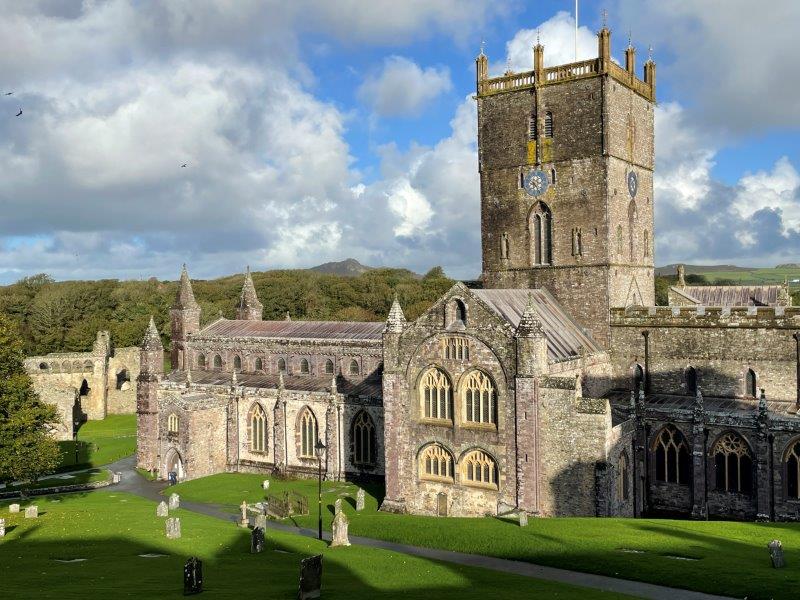
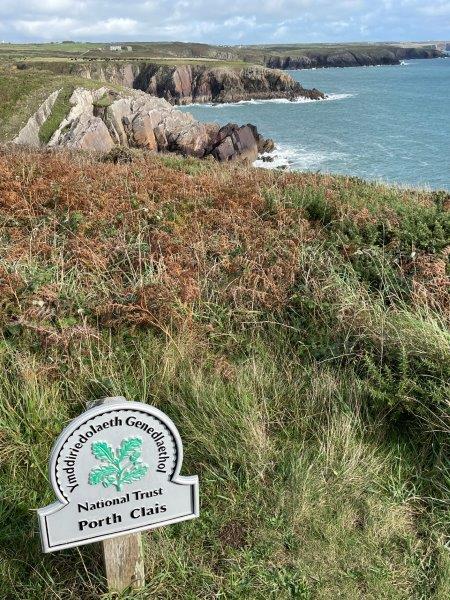
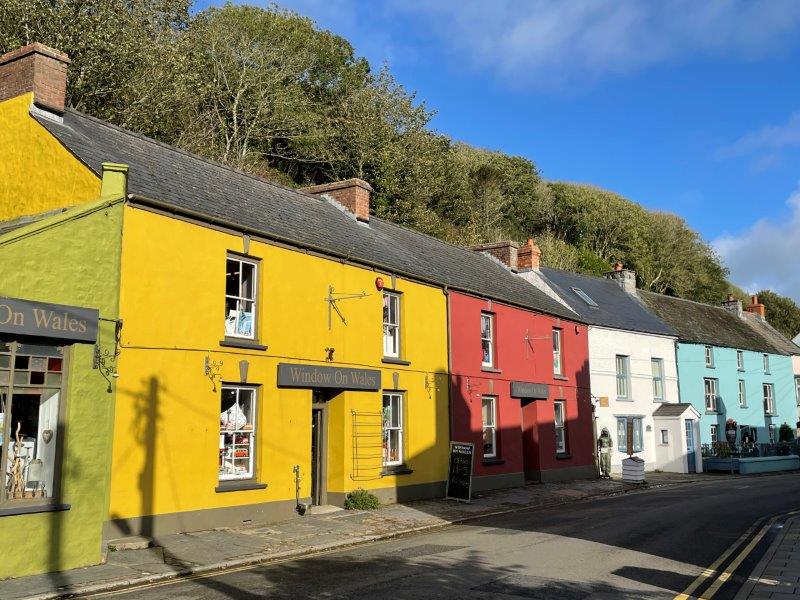
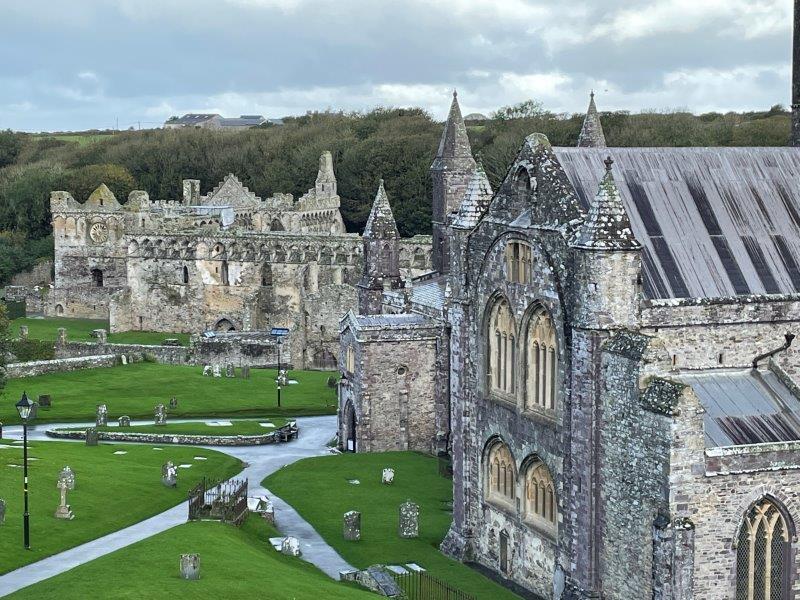
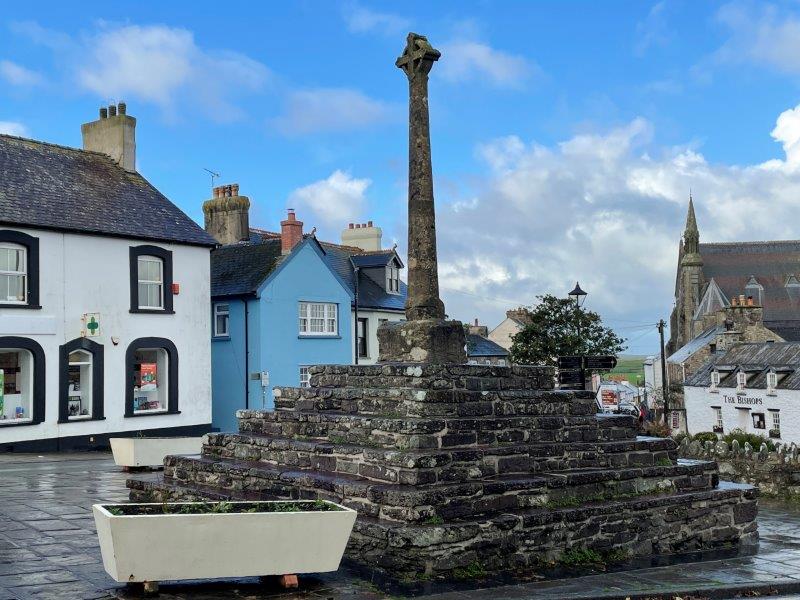
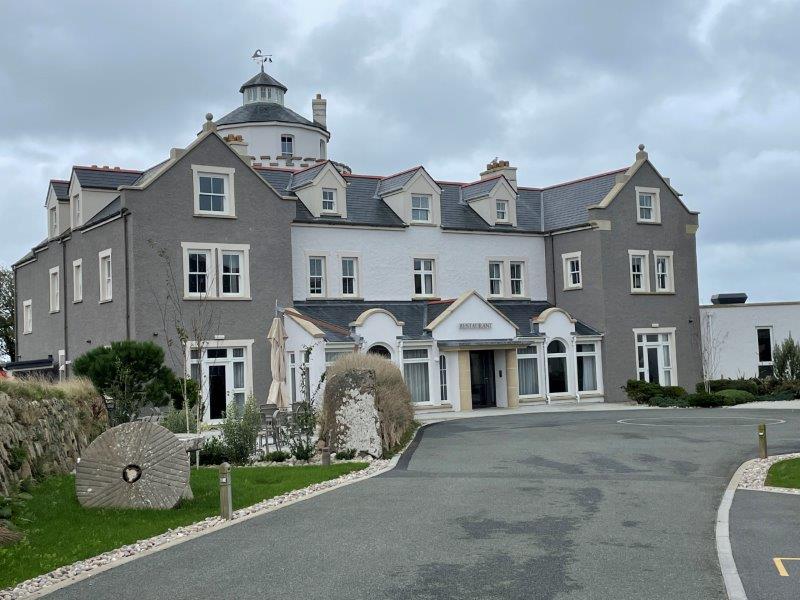
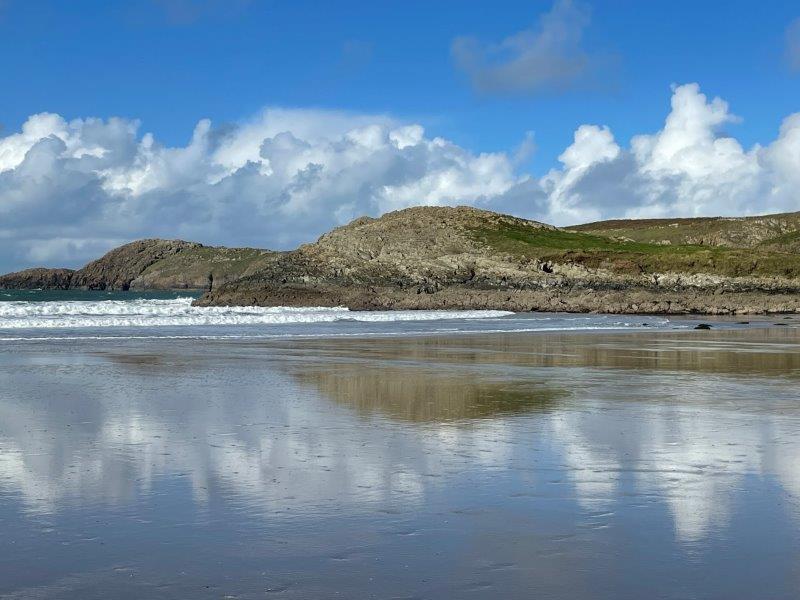
Then there’s that stunning coastline that borders St Davids on three sides. Take a 6-mile walk around the Treginnis Peninsula, protected for all to enjoy by the National Trust and site of Wales’ oldest rocks. Sit, stroll or swim at glorious Whitesands Beach. Take a birdwatching cruise. And visit Solva woollen mill for fabulous handmade soft furnishings. There’s industrial heritage too at the tiny harbour at Portgain. Once a busy quay for loading tall ships, today it is a quiet community with coastal walks and a tempting gallery.
They are all within a few miles of tranquil Twr y Felin and St David’s, a wonderful discovery that I may never have made if it hadn’t been for Covid!
Gillian was a guest at www.twryfelinhotel.com
- Discover the National Park through www.pembrokeshirecoast.wales
- Explore the wider area at www.visitpembrokeshire.com
- Download local walks from www.nationaltrust.org.uk/st-davids-peninsula


